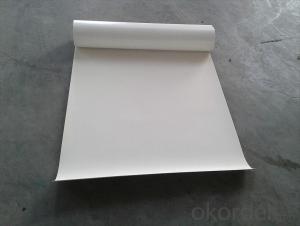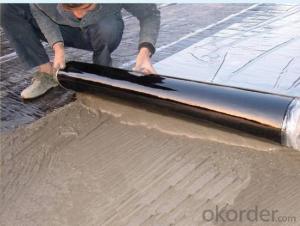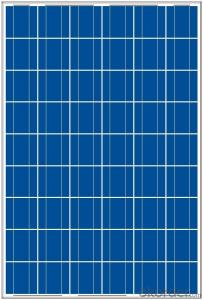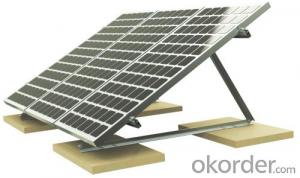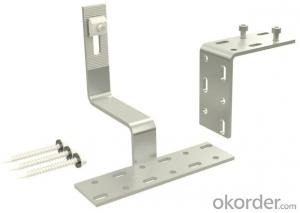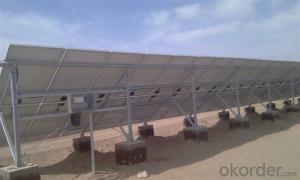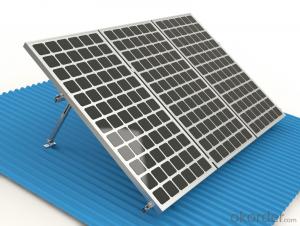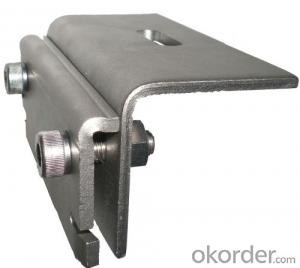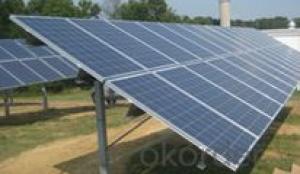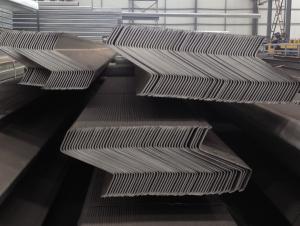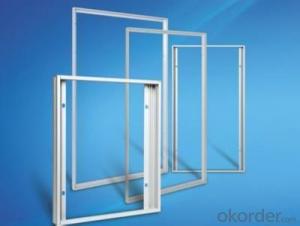Rooftop Solar Inverter
Rooftop Solar Inverter Related Searches
Best Inverter Solar Panel Solar Panel On Roof Rack Inverter To Solar Panel Ratio Solar Panel Decking Lights Solar Panel Inverter Box 1000 Watt Solar Panel Inverter 12 Volt Solar Panel Inverter Plastic Solar Lanterns Buy Solar Panel Inverter Solar Panel Inverter CostHot Searches
Type Of Inverter For Solar Types Of Inverter For Solar Used Solar Inverter For Sale Inverter Size For Solar System Solar Edge Inverter For Sale 5kw Solar Inverter For Sale Solar Inverter For Sale Solar Inverter For Battery Solar Inverter For Split Ac Solar Inverter For Laptop Solar Inverter For Fridge Solar With Inverter Price Solar Inverter With 2 Battery Solar Inverter Price In China Best Solar Inverter In China Solar Inverter Price In Dubai Solar Inverter Price In Uae Solar Inverter Price In Kenya Solar Inverter Price In Kerala Solar Hot Water Collectors For SaleRooftop Solar Inverter Supplier & Manufacturer from China
Okorder.com is a professional Rooftop Solar Inverter supplier & manufacturer, offers integrated one-stop services including real-time quoting and online cargo tracking. We are funded by CNBM Group, a Fortune 500 enterprise and the largest Rooftop Solar Inverter firm in China.Hot Products
FAQ
- Yes, there are specific requirements for installing a solar mounting system on a heritage site. These requirements typically vary based on the regulations and guidelines set by the relevant heritage conservation authorities. Some common requirements include ensuring minimal visual impact, preserving the historic integrity of the site, and using materials and installation methods that are reversible and do not cause damage to the heritage structures. It is important to consult with heritage experts and obtain necessary permissions before installing solar panels on a heritage site.
- Yes, solar mounting systems can be installed on metal roofs. In fact, metal roofs are often considered ideal for solar panel installation due to their durability, strength, and ease of installation. The metal roof provides a stable and secure base for the solar panels, ensuring a reliable and long-lasting solar energy system.
- The expected lifespan of a solar mounting system can vary depending on factors such as the quality of materials used, installation techniques, and environmental conditions. However, a well-designed and properly installed solar mounting system can last anywhere from 20 to 30 years or even longer. Regular maintenance and inspections can help extend the lifespan of the system.
- Yes, a solar mounting system can be used with solar skylights. The solar mounting system provides the necessary structure and support for installing both solar panels and solar skylights on a roof. This allows homeowners or businesses to maximize their use of solar energy by combining both solar power generation and natural light integration.
- Yes, a solar mounting system can be installed on a townhouse or row house. These types of residential buildings typically have enough roof space to accommodate solar panels. However, it is important to consider the structural integrity of the roof and consult with a professional to ensure proper installation and safety measures are taken.
- Yes, a solar mounting system can be used for ground-mounted solar farms. The mounting system provides structural support and stability to the solar panels, allowing them to be securely installed on the ground. This type of system is commonly used for large-scale solar projects, providing an efficient and cost-effective solution for ground-mounted solar farms.
- Yes, a solar mounting system can be installed in a high-wind or hurricane-prone area. However, it is crucial to ensure that the mounting system is designed and engineered to withstand the specific wind loads and conditions of the area. Additionally, proper installation techniques, including the use of reinforced anchors and secure attachments, are essential for the stability and safety of the system in such environments.
- The expected increase in self-consumption with a solar mounting system can vary depending on various factors such as the size and efficiency of the solar panels, the location and orientation of the mounting system, and the overall energy consumption patterns of the household or business. However, on average, a well-designed solar mounting system can significantly increase self-consumption by allowing the generated solar energy to be directly used on-site rather than being exported back to the grid. This can lead to a reduction in electricity bills and a higher utilization of renewable energy, resulting in greater energy independence and sustainability.











